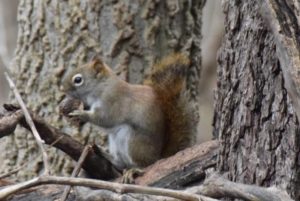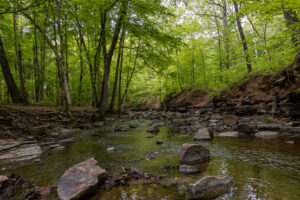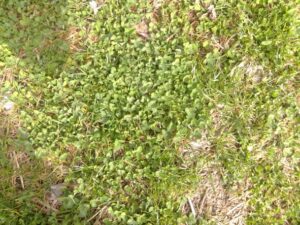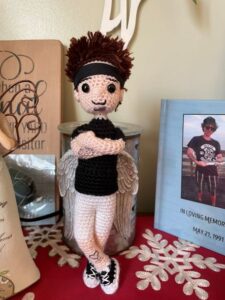Saundra McBrearty, Outreach and Volunteer Specialist

Squirrels exist in nearly every habitat on Earth. There are 285 species scattered across the globe, ranging from the half-ounce pygmy tree squirrels of western Africa to the 20-pound gray marmots of Kazakhstan. You’d basically have to venture to the planet’s Poles or into the oceans to escape squirrels.
Squirrels help trees. A single gray squirrel (Sciurus carolinensis) can create thousands of buried caches of food each season, not all of which it rediscovers. This is called scatter hoarding, and it gives seedlings a good chance to grow into trees.
Squirrels hurt trees. North American red squirrels (Tamiasciurus hudsonicus) eat cones of conifer trees. They either eat the seeds immediately or store pine cones by the score in secret caches where the seeds remain moist and have little chance of germinating. This is great for the squirrels, because the preserved food supply allows them to survive the winter. The trees, on the other hand, lose their chance at reproducing.
Squirrels make mushroom jerky. Did you know that some squirrels eat mushrooms? Not only that, but red squirrels hang fungi out to dry between tree branches so that it keeps over the winter. Mushroom jerky is also less likely to infect their food cache with insect larvae and nematodes.
Squirrels know their food sources well. Gray squirrels can tell the difference between red oak acorns and white oak acorns and store them accordingly. Whites germinate almost as soon as they hit the ground. Once germinated, the nut loses nutritional value. So squirrels eat them immediately. Conversely, reds don’t germinate until spring, so squirrels prefer to bury those for winter snacking. And now for the twist. A 1996 study in the journal Animal Behavior observed squirrels biting through the embryo of white oak acorns, essentially paralyzing the seed’s ability to sprout. The squirrels then buried the modified white oak acorns as they would have with the reds. What’s more, the scientists witnessed the squirrels digging up red oak acorns that they didn’t need to eat over the winter, nipping off their embryos, and re-burying the food for later use. If only we humans were as efficient with our leftovers.








